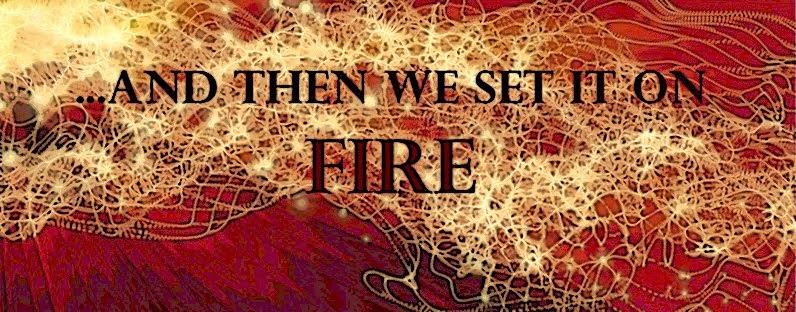I am currently working on a cotton shirt originally out of my closet. I didn't take a picture of the shirt before the compost pile or when I got it out. The decomposition pattern was interesting and I wish I could show it to you. The upper right shoulder and top part of the arm were gone. There were other holes, large and small, but also other areas that seemed totally unaffected other than spots of mildew.
Here are some pictures after I had worked on it for a couple of weeks. You will notice that I pinned netting to the upper right of the garment to give some some shape it too. I tried to work on it before the netting but it was just too difficult to visualize the garment. The goal at this point is to add a skirt to the shirt to turn it into a dress. I just like the flow of a dress. The goal is flexible and may change as I work on the shirt. I think the skirt will start out as netting to which I will add the music pages, lots of decomposed fabric scraps, the black lace I used on the top, and some organza.
I plan to use a combination of fabric and paper. I have never done that before and we'll have to see how it works. My plan is to use some vintage music pages to incorporate the black from the top into the skirt. Here is a piece I have added to the shirt.
There are a couple of ways to use paper as fabric. The first way is to fuse a stabilizer on the back. That will allow the paper to move more like fabric and to be stitched without tearing or ripping where sewn. The second way is to use Howard Feed-N-Wax wood polish and conditioner to soften and wrinkle the paper. I looked for the instructions and simply could not find it. Wad up your paper. Add some Feed-N-Wax. Continue to wad and massage the paper till the Wax is all absorbed by the paper. Iron it between newsprint to get the excess wax out of the crumpled paper. It does not strengthen the paper at all but does allow it to be flexible.That is the method I used in the picture above.
For the fabric I will first use pieces of garments that have decomposed past the point they can be used as a garment. I have lots of those. I will try to use decomposed fabric with interesting edges (see the pocket above?) and with a different weaving texture or a different color. There is just no point in using a fragment that blends in to perfectly with the background fabric.
I also will use of a variety of other fabrics such as silk or lace or vintage fabrics. The key here is to make the garment look cohesive. The new fabric should not take over or outshine the garment. I am always careful to avoid patches with cut edges or other straight edges unless it is a seam left over from another garment. Don't use too many in one garments.
A TECHNIQUE DRIVEN Blog dedicated to mastery of surface design techniques. First we dye, overdye, paint, stitch, resist, tie, fold, silk screen, stamp, thermofax, batik, bejewel, stretch, shrink, sprinkle, Smooch, fuse, slice, dice, AND then we set it on fire using a variety of heat tools.







These garments are amazing. What go you started on this area of work?
ReplyDelete